Understanding the Heart of Community Inclusion
Community programs serve as vital catalysts for fostering inclusion and a sense of belonging across diverse settings, from classrooms and workplaces to civic and cultural organizations. These initiatives are rooted in foundational principles that promote representation, equity, respect, and shared identity. By examining theoretical frameworks and practical strategies, as well as real-world case studies, we can better understand how deliberate community-building efforts lead to more inclusive, supportive, and resilient societies.
Core Concepts and Foundations of Inclusive Communities
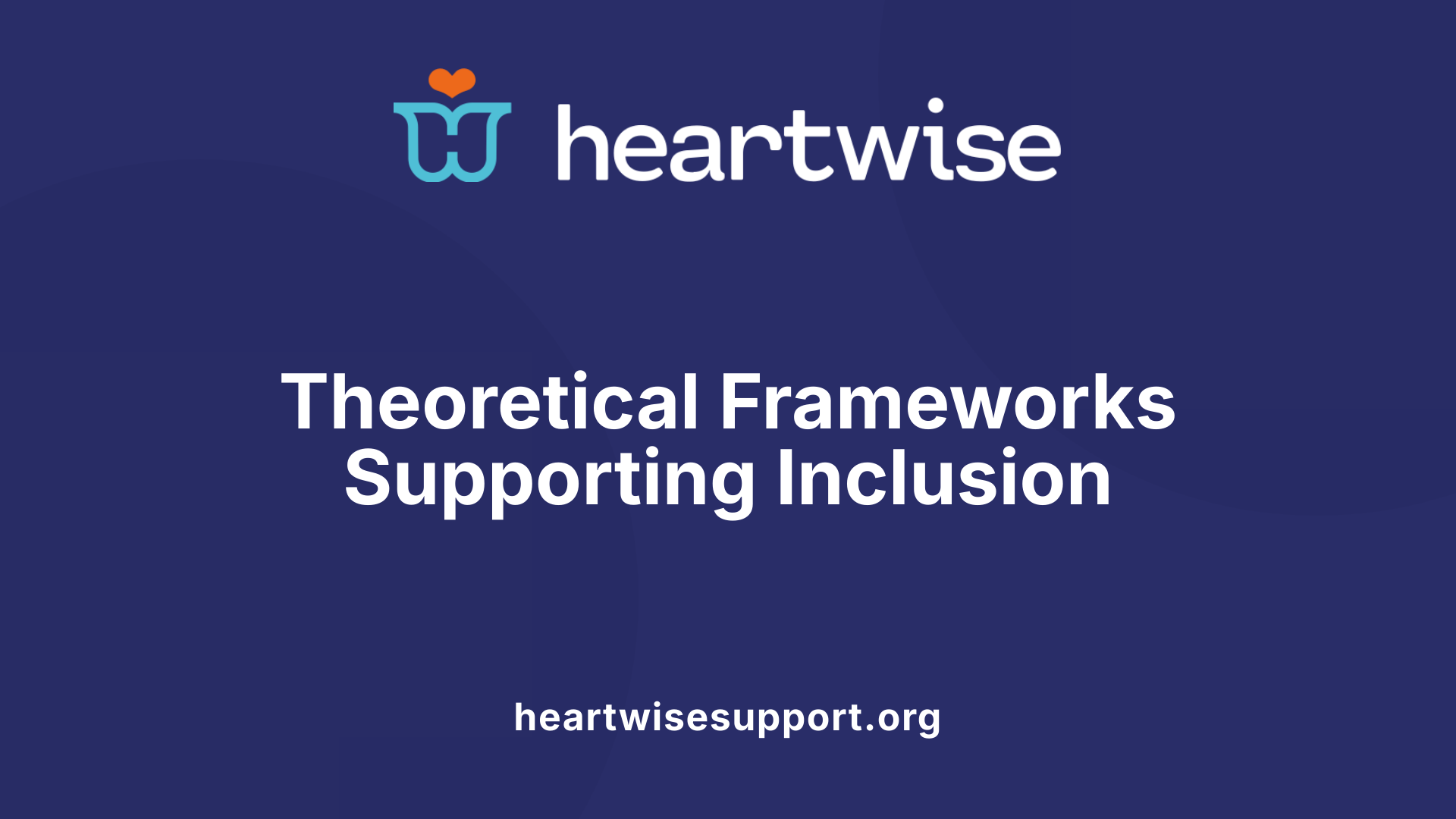
What are the theoretical foundations underpinning inclusive community initiatives?
Inclusive community initiatives are grounded in various theoretical frameworks that help explain how to create equitable and welcoming environments. One of the most influential is the social model of disability, which shifts the focus from individual impairments to societal barriers that hinder participation. This perspective emphasizes modifying environments and attitudes to foster inclusion.
Human rights principles also play a vital role, as seen in international agreements like the UN Convention on the Rights of Persons with Disabilities. These principles promote dignity, equality, and non-discrimination, advocating for systemic change to ensure everyone has access to opportunities.
Community development principles further enhance inclusion by emphasizing participation, empowerment, and shared decision-making. This approach fosters ownership and collective responsibility among community members.
Over time, the evolution from models such as Community-Based Rehabilitation (CBR) to Community-Based Inclusive Development (CBID) reflects a broader understanding of diversity, highlighting intersectionality—the interconnected nature of social categorizations—and the need for systemic change.
Several frameworks guide these efforts:
- Universal Design for Learning (UDL), which ensures accessibility in education.
- Social Identity Theory, explaining how group memberships influence behavior.
- Intersectionality, recognizing how overlapping identities affect experiences of privilege and discrimination.
Together, these theories support practices aiming at equity, accessibility, and social cohesion, creating communities where diversity is celebrated and all members feel valued.
Building Inclusive Communities: Strategies and Practical Approaches
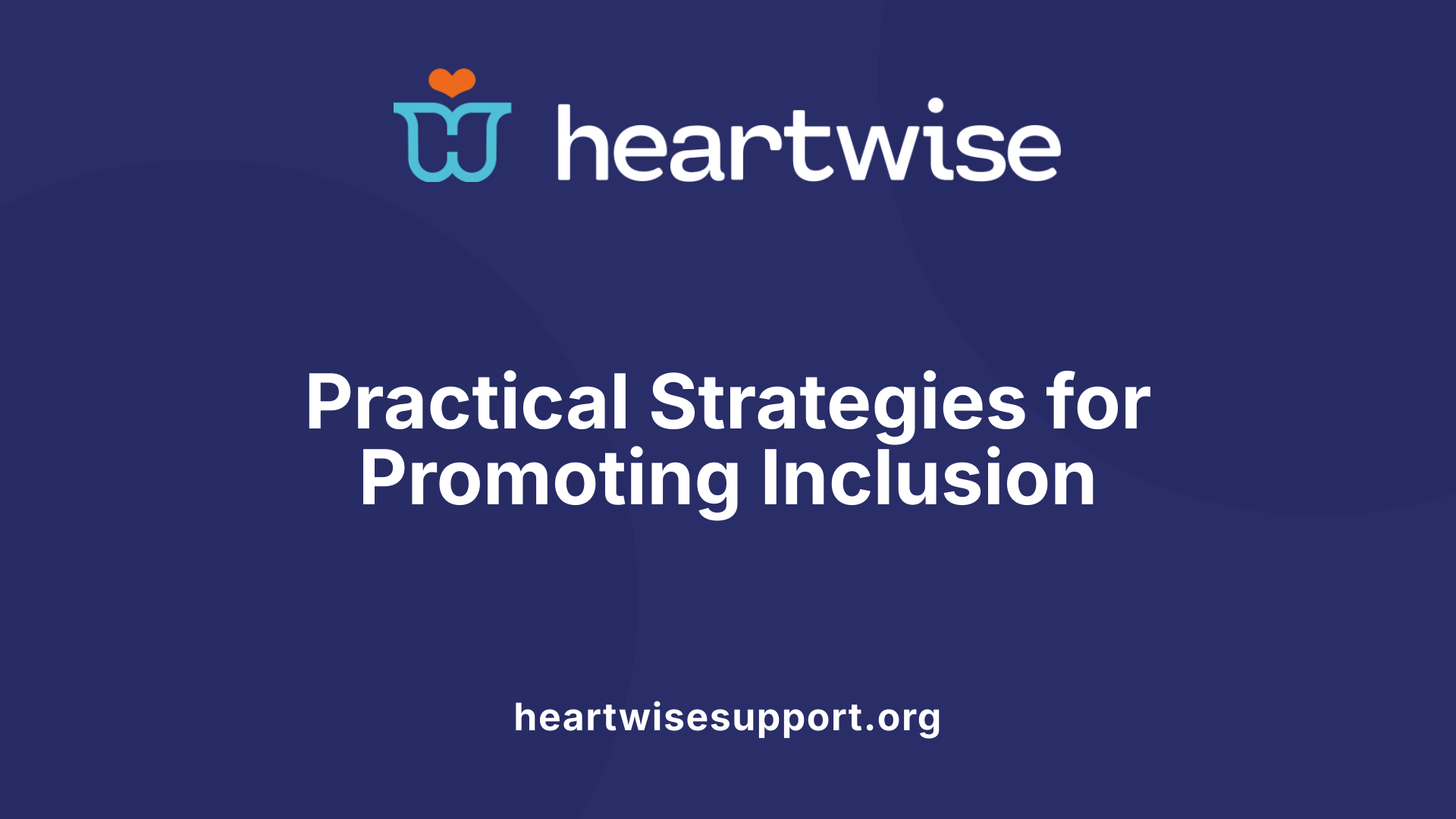
What practical approaches can community managers implement to promote inclusion?
Community managers play a vital role in creating environments where everyone feels valued and included. A fundamental step involves establishing clear norms and shared values from the beginning. This means setting expectations for respectful behavior, active listening, and open-mindedness, which guide interactions and foster a welcoming atmosphere.
Utilizing inclusive language is another crucial tactic. Language shapes perceptions, so choosing words that affirm diversity and avoid exclusionary terms helps build respect. Facilitating discussions through small groups or structured activities like round-robin sharing ensures that all voices are heard, especially those who may feel hesitant to speak up in larger settings.
Incorporating technology can significantly broaden participation and engagement. Anonymous input tools, surveys, and virtual platforms can provide safe spaces for members to express their opinions without fear of judgment. These methods are particularly effective in reaching individuals who might be less comfortable with face-to-face interactions.
Providing practical accommodations also supports inclusivity. This includes offering language assistance, ensuring physical and digital accessibility, and conducting training sessions on implicit bias. Such measures demonstrate a commitment to removing barriers that hinder full participation.
Fostering leadership involvement and psychological safety also underpin sustainable inclusion efforts. When community leaders model respectful behavior and openly endorse diversity initiatives, it encourages wider acceptance and participation.
Continuously evaluating inclusivity practices through feedback and data collection helps identify areas for improvement. Regular assessment ensures that strategies remain effective and relevant, promoting ongoing growth toward a genuinely inclusive community.
In summary, community managers can promote inclusion through setting norms, using inclusive communication, leveraging technology, providing accommodations, and maintaining a culture of continuous improvement. These practical approaches help build resilient, respectful, and diverse communities that support all members.
Fostering a Culture of Inclusion in Educational Settings
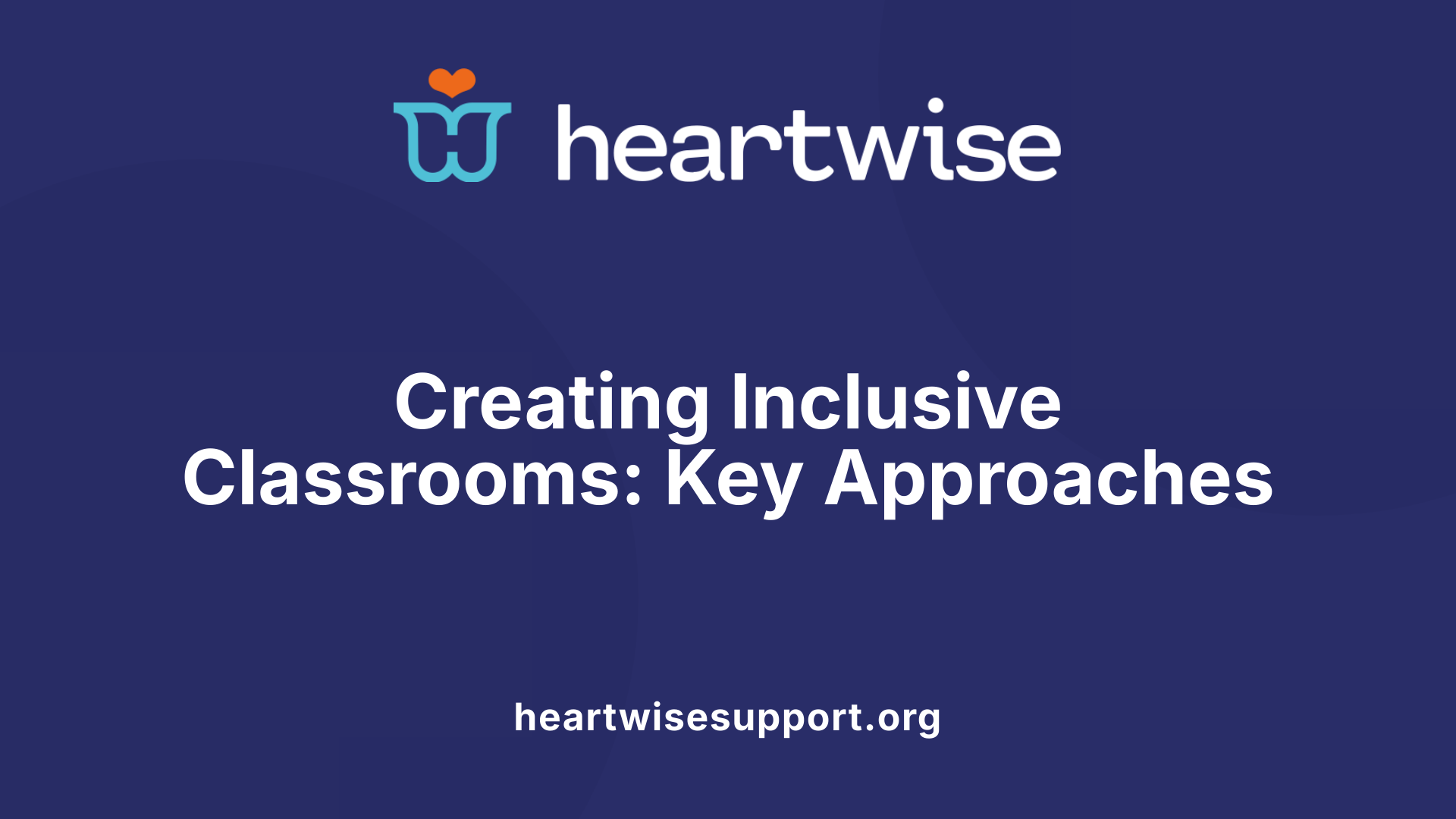
What are effective strategies for creating an inclusive classroom environment?
Creating an inclusive classroom requires intentional approaches that promote respect, diversity, and belonging. One foundational strategy is establishing clear norms and expectations that foster respectful behavior and open dialogue about differences. These norms set the tone for a supportive environment where all students feel safe to express themselves.
Utilizing Universal Design for Learning (UDL) principles and accessible materials ensures that teaching accommodates the varied needs of students, providing multiple ways to engage and demonstrate understanding. This approach helps remove barriers to participation, making learning equitable for everyone.
Building trust and interpersonal relationships plays a crucial role in inclusion. Teachers can foster mutual respect through relationship-building activities, active listening, and demonstrating genuine care for students' individual experiences and perspectives.
Incorporating diverse perspectives into the curriculum enhances cultural responsiveness and promotes social-emotional learning. Storytelling, especially when it includes voices from different backgrounds, helps develop empathy and deeper emotional connections.
Facilitating difficult conversations about bias and identity, while maintaining a psychologically safe space, empowers students to explore sensitive topics constructively.
Involving the broader community, offering varied assessment and participation methods, and pursuing ongoing professional development are also vital. These strategies collectively nurture a classroom culture where diversity is valued, inclusion is active, and every student feels they belong.
Role of Community Programs in Organizational Inclusion
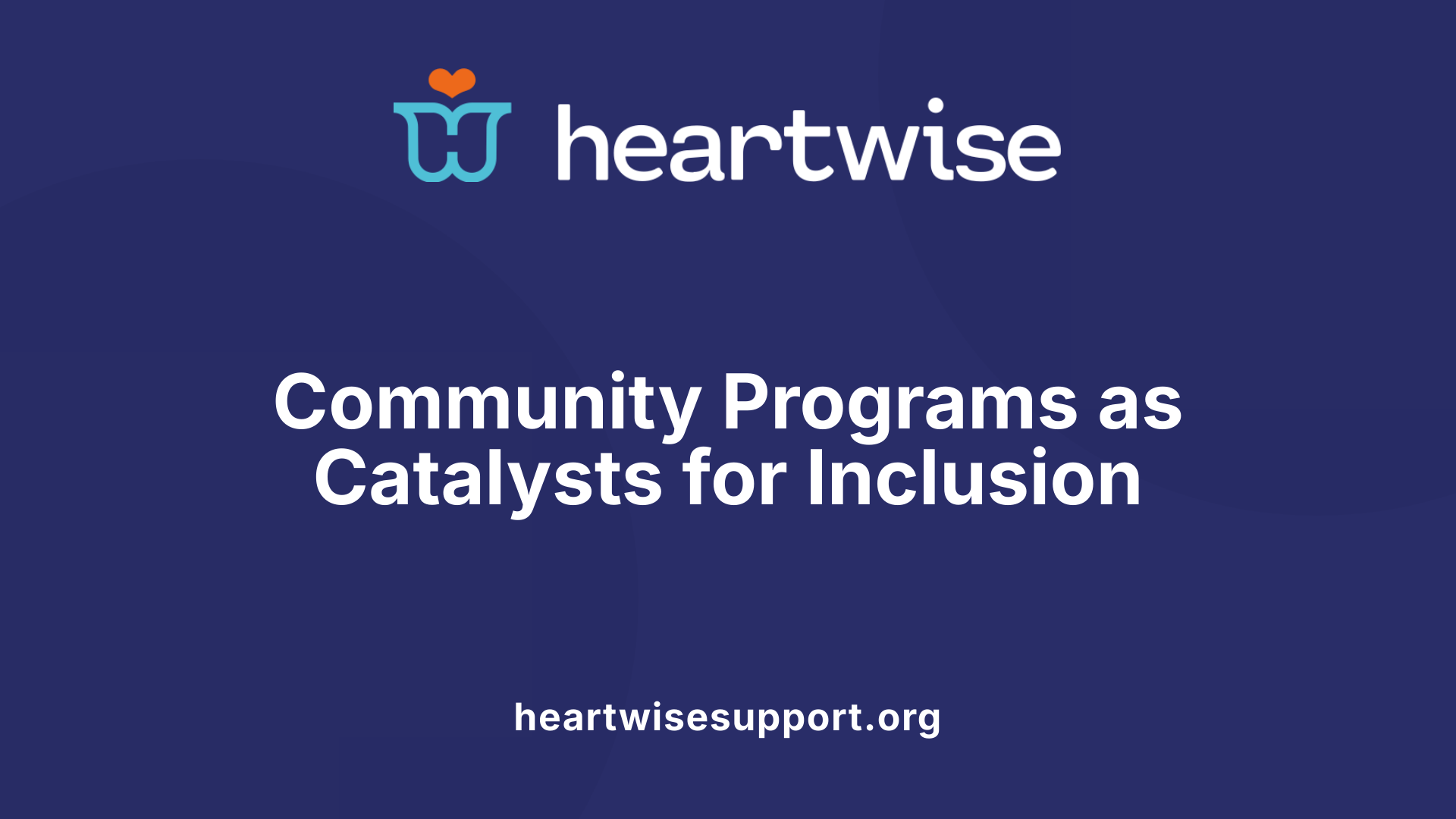
How do community programs promote inclusion and belonging?
Community programs serve as vital platforms for cultivating a sense of inclusion and belonging within organizations. They achieve this by establishing shared values that emphasize respect, diversity, and mutual support. These programs often foster open communication channels, allowing members to voice their experiences, concerns, and ideas freely, which helps build trust and transparency.
One effective approach involves creating a welcoming environment where diverse individuals feel valued for their unique perspectives and backgrounds. Celebrating diversity through events, campaigns, and storytelling promotes empathy and understanding, breaking down stereotypes and barriers.
Meaningful interactions are encouraged through group activities, collaborative projects, and social events that facilitate personal connections. Such experiences not only strengthen social bonds but also promote emotional safety and support.
Building structured roles like community leaders or champions ensures ongoing attention to inclusivity efforts. Clear guidelines and norms for respectful behavior are essential to maintaining an environment where everyone feels supported and protected.
Continual improvement is driven by feedback collection, conflict resolution, and regular evaluation of inclusivity initiatives. This adaptability helps communities remain responsive to evolving needs and challenges.
Leveraging online platforms, social media, and shared activities broadens engagement and accessibility, reaching members beyond physical boundaries. These tools enable sustained interaction and reinforce the community’s core values.
Ultimately, community programs act as catalysts for enhancing empathy, understanding, and collaboration, contributing to a more cohesive, compassionate society. By prioritizing inclusion through deliberate strategies and open dialogue, organizations can foster environments where all members thrive and feel a genuine sense of belonging.
Impact of Community Programs on Learning and Social Integration
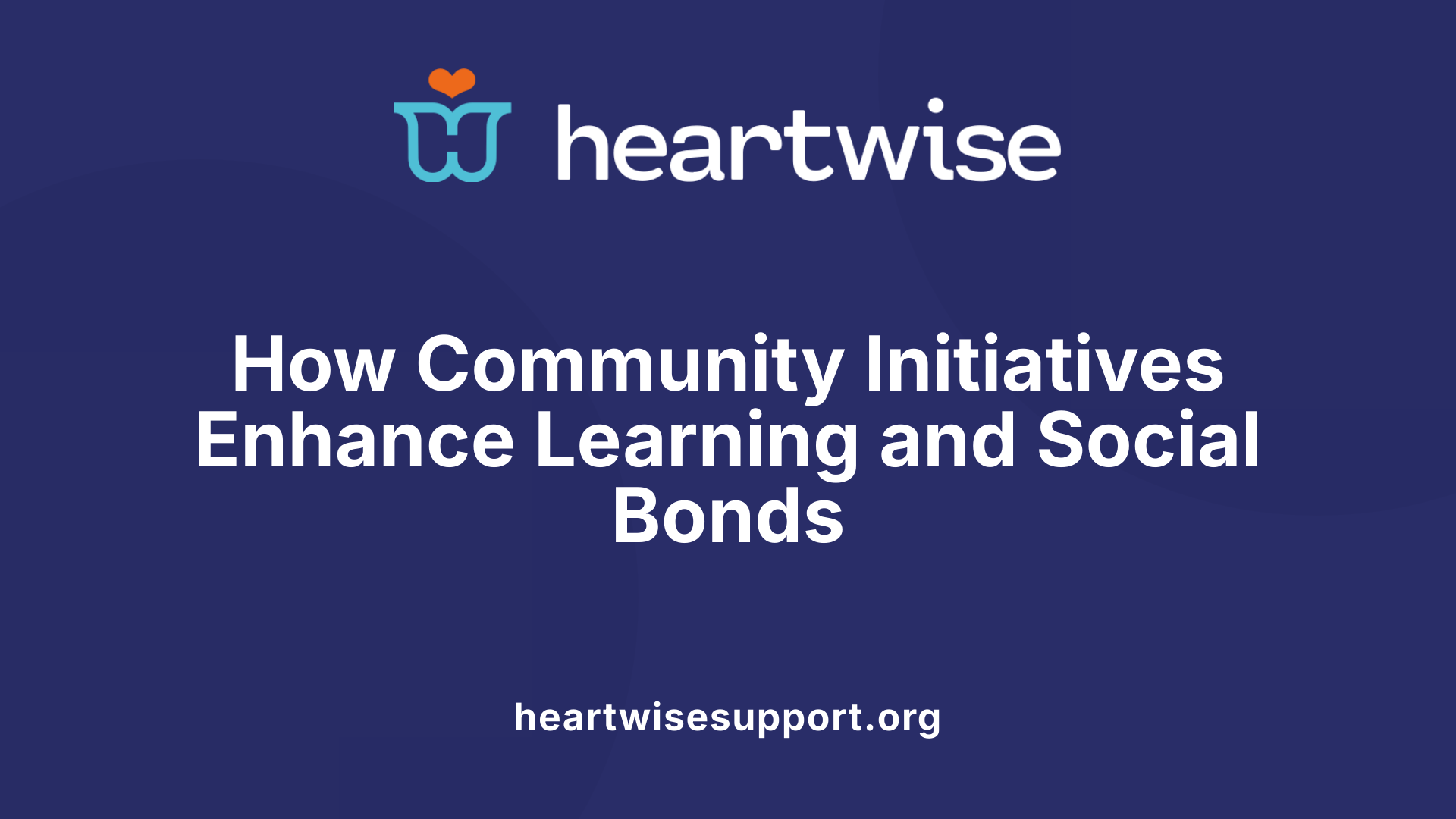
What is the impact of community programs on creating inclusive environments within organizations and educational institutions?
Community programs are instrumental in shaping environments that value diversity, promote equity, and strengthen social bonds in both organizations and schools. They foster a culture of inclusion by actively encouraging respect for different backgrounds, identities, and perspectives.
These initiatives cultivate understanding and empathy among participants, which helps reduce discomfort and stereotypes often associated with underrepresented groups. For example, programs centered on community engagement and social interaction help individuals see beyond surface differences, recognizing shared values and rights.
In educational settings, community programs often involve project-based learning that incorporates diverse populations, especially those who have historically been underserved. This approach not only improves cultural competence but also enhances communication skills and collaborative abilities among students and staff.
By empowering marginalized groups and involving them in meaningful activities, community programs create a sense of belonging and value. They promote equitable participation, helping individuals feel supported and confident to contribute.
Moreover, these programs support inclusive education by fostering an environment where diverse voices are heard and respected. This leads to richer learning experiences and personal development for all involved.
In summary, community-based initiatives play a vital role in developing respectful, accessible, and empathetic spaces. They cultivate awareness, reduce biases, and promote social and emotional learning—resulting in a more cohesive and inclusive community.
| Aspect | Impact | Examples |
|---|---|---|
| Cultural competence | Improved understanding of diverse cultures | Workshops and intercultural exchanges |
| Social skills | Enhanced communication and teamwork | Collaborative community service projects |
| Stereotype reduction | Greater empathy and perception of capacity | Inclusion campaigns and awareness drives |
| Empowerment of underrepresented | Increased participation and sense of belonging | Leadership training for marginalized groups |
| Community engagement | Strengthened connections and mutual support | Volunteering and service-learning initiatives |
Building environments where everyone feels valued encourages active participation, drives innovation, and fosters societal well-being.
Creating and Maintaining Inclusive Environments: Opportunities and Ongoing Challenges
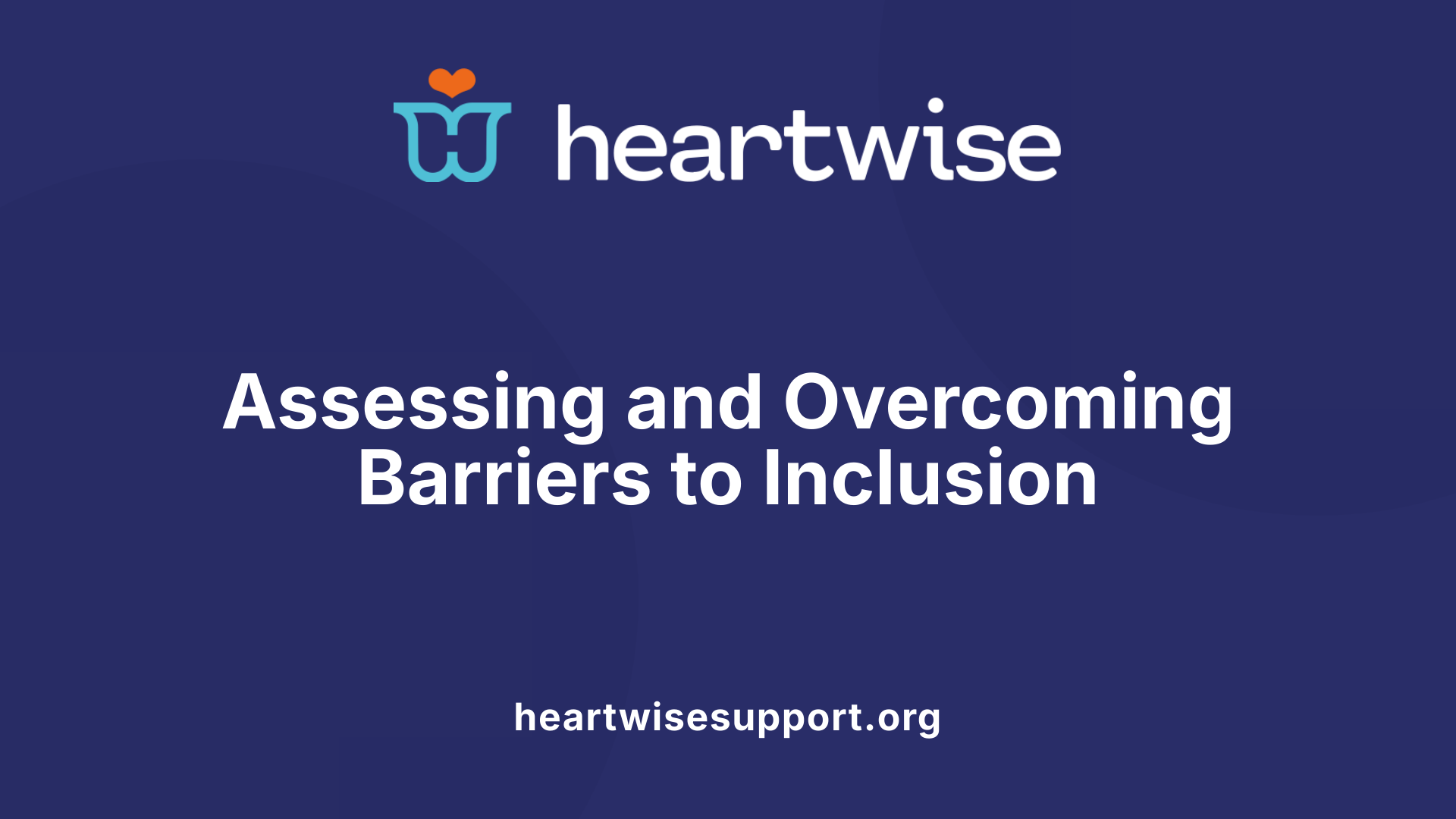
How do continuous assessment and evaluation contribute to inclusive environments?
Maintaining an inclusive environment requires ongoing assessment to measure progress and identify areas for improvement. Regular surveys, feedback forms, and climate assessments help organizations understand the experiences of diverse community members. For instance, universities like Columbia and Penn State utilize evaluations to ensure their 'Inclusion & Belonging' initiatives meet the needs of students and staff alike. Continuous evaluation fosters transparency, accountability, and allows initiatives to adapt based on evolving community dynamics. It also helps recognize successful strategies and highlights gaps, prompting necessary adjustments to sustain a truly inclusive environment.
What strategies are effective in addressing microaggressions and biases?
Addressing microaggressions and biases is critical to fostering respect and safety in communities. Establishing clear norms and policies that define unacceptable behaviors sets a standard for respectful interaction. Training programs on unconscious bias and cultural responsiveness, such as those by Fortune 500 companies like Salesforce and Unilever, enable members to recognize and challenge biases. Creating safe spaces for open dialogue encourages community members to share experiences and learn from each other. Additionally, swift response to incidents and consistent enforcement of policies reinforce a culture of accountability, reducing the prevalence of microaggressions and promoting a respectful environment.
How does feedback and conflict resolution enhance inclusivity?
Open channels for feedback allow community members to express concerns and suggest improvements. Regular listening sessions, like those led by organizations such as Foster School of Business, empower marginalized groups and promote shared responsibility for inclusivity. Effective conflict resolution involves acknowledging issues promptly, facilitating respectful discussions, and finding mutually agreeable solutions.
It’s essential to create a culture where feedback is valued and conflict is addressed constructively. This approach not only resolves immediate issues but also builds trust and demonstrates commitment to inclusion. For example, community managers and organizational leaders should routinely seek feedback and act on it, fostering a sense of ownership and partnership among members.
What are sustainable efforts for fostering inclusion?
Long-term commitment is vital for embedding inclusion into organizational culture. Sustainable efforts include integrating DE&I principles into core policies, ongoing education, and leadership development. Partnering with expert organizations and maintaining regular reviews of initiatives help ensure ongoing relevance and effectiveness.
Creating Employee Resource Groups, promoting inclusive hiring practices, and celebrating diversity through events and recognition all contribute to ongoing engagement. Moreover, transparency about progress and challenges encourages trust and collective action. Initiatives like the University of Virginia’s Trust and Belonging programs exemplify sustainable efforts by aligning activities with institutional values and continuously measuring impact.
What are examples of community programs that support inclusion and belonging?
Community programs that foster inclusion encompass a wide spectrum of activities designed to increase representation and promote understanding. Organizations often establish Connection Communities or Employee Resource Groups (ERGs) like LGBTQ+ alliances, women’s leadership groups, and disability advocacy networks. They provide platforms for members to connect, share experiences, and advocate for change.
Diversity workshops, cultural celebrations, and heritage months enhance awareness and respect for various backgrounds. Initiatives such as Melanin Base Camp, Soul Trak Outdoors, and Wild Diversity focus on empowering marginalized groups through outdoor activities, leadership development, and environmental justice. These efforts not only increase representation but also create environments where every individual feels seen, heard, and valued—building a foundation for lasting inclusion and belonging.
A Continual Journey Toward Inclusive Communities
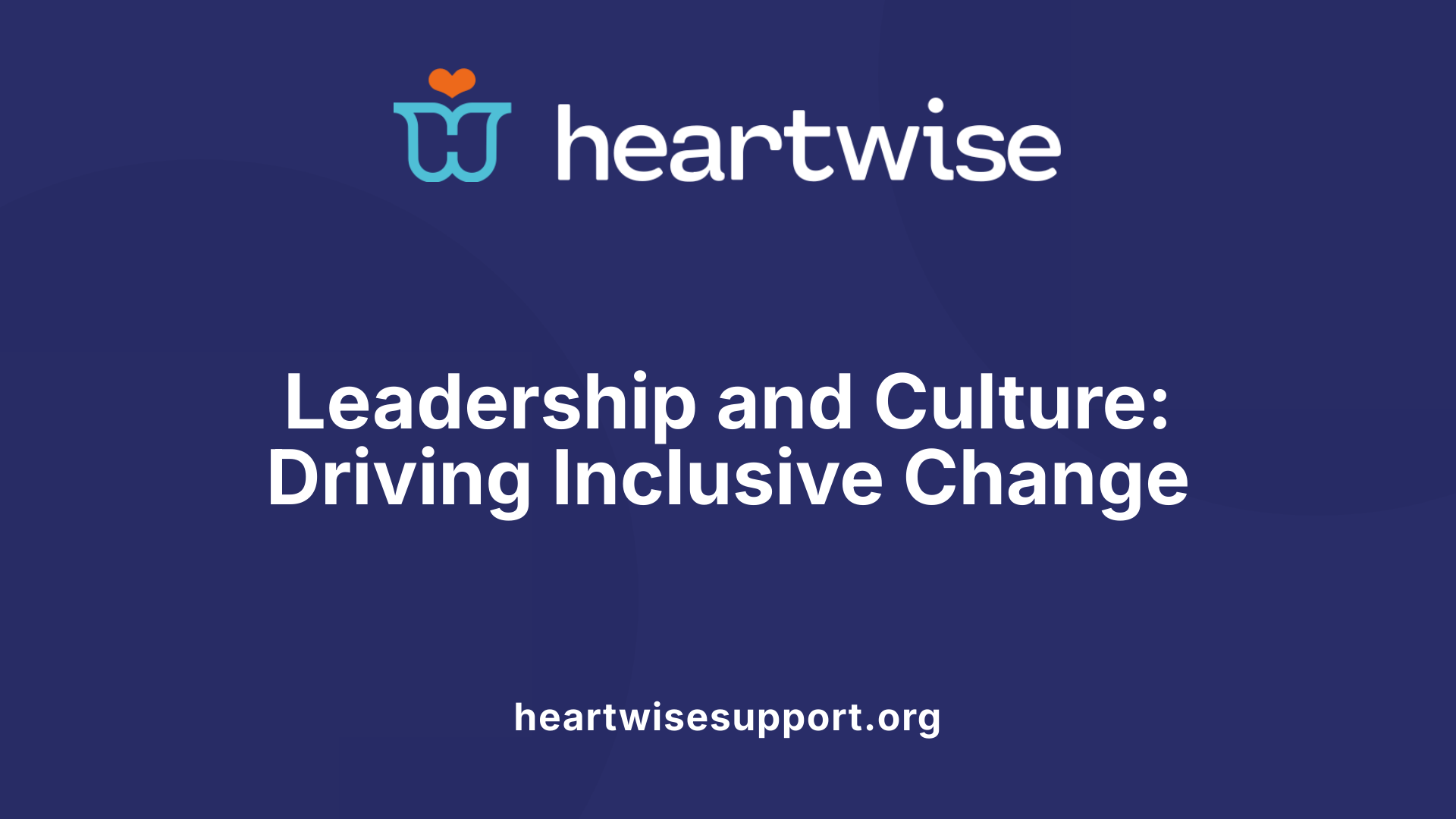
How do leadership and organizational culture influence inclusive community development?
Leadership and organizational culture are fundamental in shaping the growth of inclusive communities. They establish the framework within which diversity is valued and equity is prioritized. Effective leaders act as role models, demonstrating a sincere commitment to inclusivity through transparent communication, bias reduction, and active support for initiatives like employee resource groups and mentorship programs.
An organizational culture that fosters a sense of belonging emphasizes respect, trust, and the acknowledgment of diverse perspectives. This environment encourages community members to feel valued, respected, and empowered to share their ideas and experiences. Such a culture not only enhances innovation and collaboration but also improves overall community cohesion and well-being.
To sustain these inclusive efforts, ongoing evaluation is vital. Regular assessment of policies, practices, and community feedback helps identify areas for improvement. Embedding inclusion into the core identity of the organization ensures that diversity and equity are not one-time goals but continual commitments. Ultimately, a culture led by conscious, inclusive leadership and reinforced through deliberate practices creates resilient communities where everyone can thrive.
Fostering Inclusive and Cohesive Societies
Building inclusive and belonging-centered communities requires ongoing commitment, strategic planning, and active participation across all levels of society. From classrooms to boardrooms, leadership guided by strong values, comprehensive policies, and continuous evaluation can cultivate environments where diversity is celebrated and every individual feels valued. Community programs serve as vital tools that bridge differences, foster understanding, and create spaces of support and collaboration. As we deepen our understanding of the frameworks, strategies, and successful models outlined above, we move closer to realizing societies where everyone has the opportunity and support to thrive, belong, and contribute meaningfully.
References
- Fostering Community and Belonging | Center for Teaching Innovation
- How Community Managers should foster Diversity, Equity, and ...
- About the Inclusion & Belonging Component | University Life
- How To Build A Community: Strategies For Fostering Inclusion And ...
- Inclusion & Belonging | 2023 Report | Foster School of Business
- Understanding Diversity, Equity, Inclusion, and Belonging (DEIB)
- Cultivating Communities: Fostering Belonging for Newcomers | CWS











